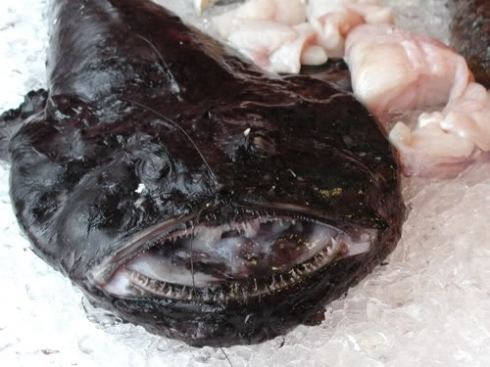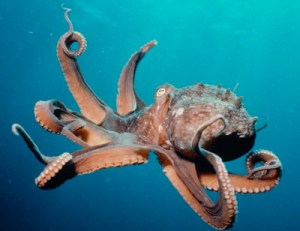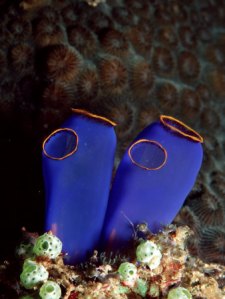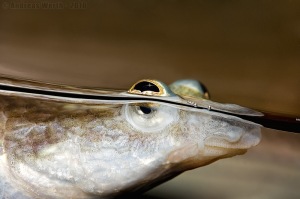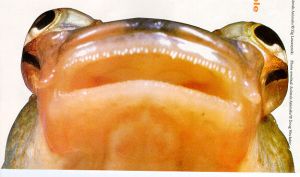If you asked who my favorite wildlife illustrator of all time is, the answer might surprise you. I wouldn’t choose Audubon, with his awkward flamingos, or Sibley with his scientific field guide portraiture, or even a modern master like Peter Schouten. (Twenty points if you can name this animal, regular readers!) No, my heart belongs to the proto-Art Nouveau stylings of a 19th century German naturalist who was all at once romantic, revolutionary, infuriating, misguided, and ultimately, necessary.

Ernst Haeckel was a zoologist, anatomist, and natural philosopher whose ideas shook the scientific world. He discovered the Kingdom of Protista, the eukaryotic microscopic organisms which contain the algae family and which, though still controversial, remains among biology’s “Fave Five.” While most naturalists are fortunate to discover a species or genus, and the occasional scientist discovers a phylum, it takes huge intellectual gonads to discover an entire Kingdom. Oh, he also invented the word and the idea of a “phylum.” Likewise, he also coined several other words indispensable to modern science, such as “phylogeny,” “anthropogeny,” and my favorite, “ecology.” He proposed that psychology was really a product of physiology — essentially, that one’s mind was a product of physical developments in the brain — which opened up, among other things, the modern disciplines of psychiatry and neurology. He floated the idea that the fossilized remains of human ancestors, which had not yet been discovered, would be found in Indonesia. His student, Eugene Dubois, took his advice and dug up the first Homo erectus: Java Man. And if that wasn’t enough, his Kunstformen der Natur singlehandedly redefined the art of wildlife illustrations.
Anemones:

Reptiles:

Hummingbirds:

Jellies:

That great medusa in the center he discovered and named Desmonema annasethe after his late wife, Anna Sethe. The flowing red tentacles reminded him of her ginger tresses. As I said, he was a Romantic.
It was Haeckel’s propensity toward the Romantic which clouded his otherwise brilliant scientific mind. He routinely hypothesized missing links and imaginary places — such as Lemuria — which would justify his evolutionary ideals. Though he was a friend, correspondent, and booster of Charles Darwin, he rejected the seemingly cruel theory of natural selection in favor of the more optimistic but outdated version of evolution called Lamarckism. He famously coined the phrase and theory “ontogeny recapitulates phylogeny” — in layman’s terms, that a fetus undergoes all the stages of evolution leading up to its ultimate development. The idea that a human fetus becomes, at various stages of development, a fish, a frog, a dog, and a monkey, is a sweet and tidy vision of evolution as a progressive journey toward an ultimate life form. It’s also wrong. That didn’t stop Haeckel from drastically altering his artwork to “prove” his confabulation.

Though it’s true that all vertebrates start out as gross little tadpole monsters.
The most disturbing aspect of his insistence on altering his science to fit his world view was his views on anthropogeny, the study of human origins. Why Haeckel agreed with Darwin that men were evolved from apelike ancestors, he didn’t believe that we were all evolved from the same apelike ancestor. In true German fashion, Haeckel believed that the races were essentially different species, with Germans being the “most evolved.” I don’t need to tell you who really cottoned to this idea.

But what’s really, really disturbing is how many pictures of Barack Obama turn up when you google “monkey hitler.”
So Ernst Haeckel was wrong as often as he was right, and usually in the extreme either way. His artwork shows almost everything you need to know about the man’s ideals; he was relentless in his endeavor to prove that nature was a place of order, balance, and beauty. And nowhere was this more evident than in his depictions of the protists he personally discovered: the radiolarians.

Continue reading

